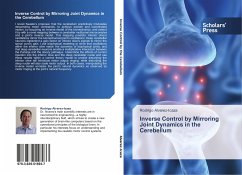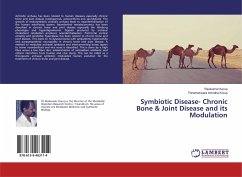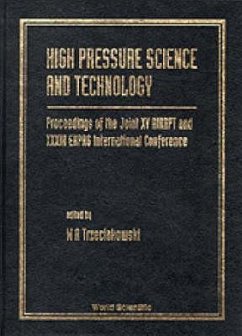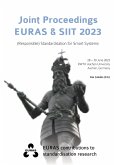I revisit Kawato s proposal, that the cerebellum predictively modulates descending motor commands, to achieve smooth and coordinated motion, by acquiring an inverse model of the biomechanics, and extend it by with a novel mapping between a cerebellar multizonal microcomplex and a joint s inverse model. This mapping predicts: Inferior olive s oscillations mirror the biomechanical joint s oscillations; Deep cerebellar neurons implement a gain factor on inferior olive s signals to mirror the spinal cord s gain. I use biophysical modeling to show that oscillations within the inferior olive match the dynamics of biophysical joints, and that deep cerebellar neurons enable a multiplicative interaction between the Purkinje and the olivary pathways. I determine the effects of current injection into the inferior olive and the deep cerebellar nuclei and use these results within a control theory model to predict disturbing the inferior olive will introduce motor output ringing, while disturbing the deep nuclei will also scale motor output. In both cases, manipulating the inverse model unmasks the joint s natural dynamics as observed by motor ringing at the joint s natural frequency.
Bitte wählen Sie Ihr Anliegen aus.
Rechnungen
Retourenschein anfordern
Bestellstatus
Storno








